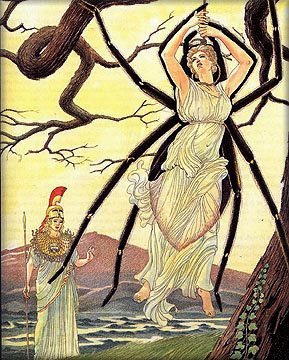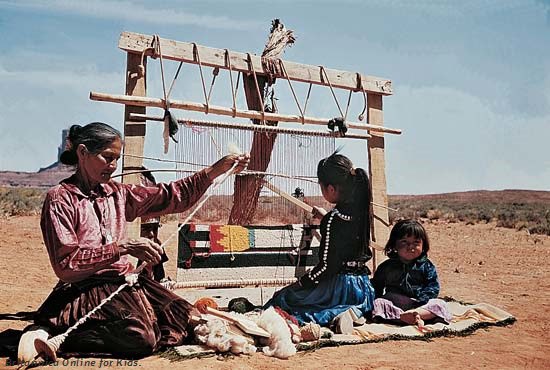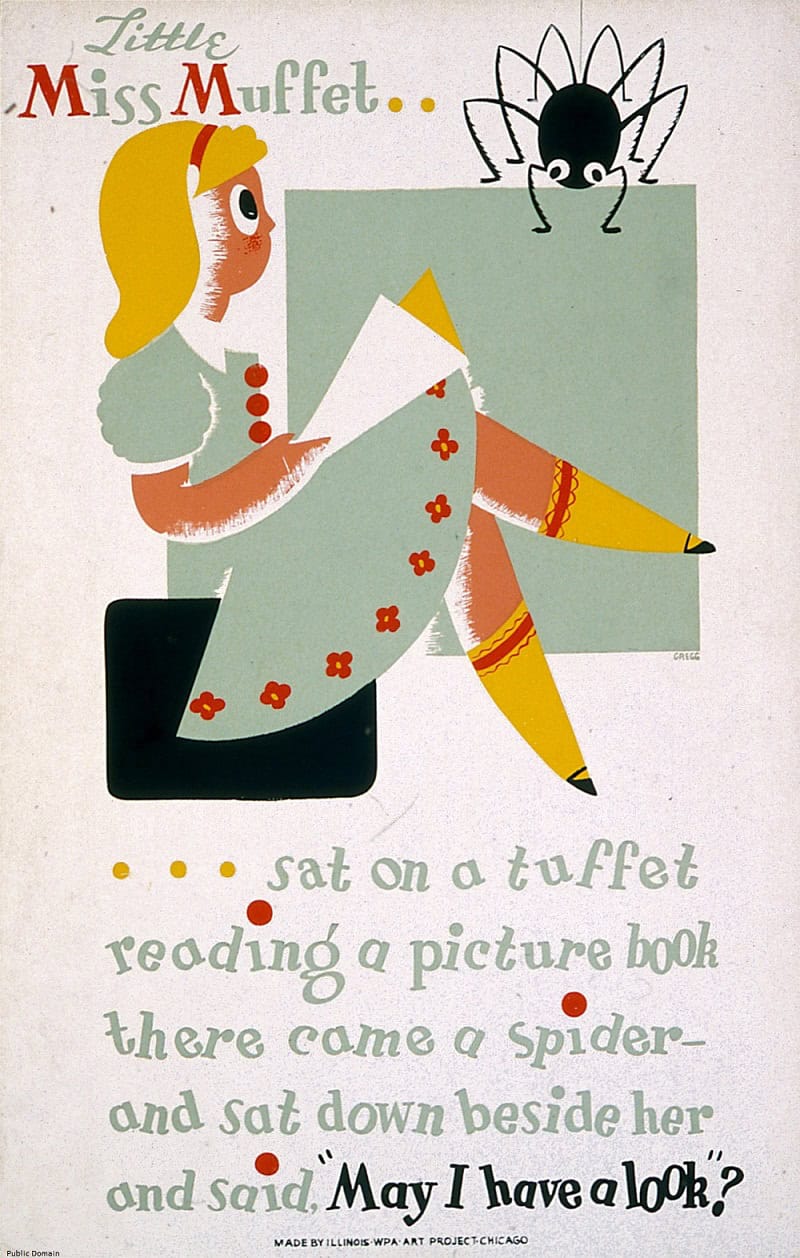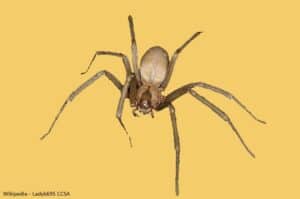Spiders Depicted in Various Cultures

In many cultures worldwide, spiders are considered benevolent creatures that bring happiness, good luck and/or money. Chinese have a high regard for spiders and call them “good luck” or “happiness spiders” because they descend from heaven above. In India, it is said that spiders are spread like confetti at weddings! In Ancient Egypt, the goddess Neith was associated with the spider as the “spinner” and “weaver” of destiny.
As a deity, the goddess Neith wove the entire world into being with her loom. It is said she reweaves the world daily much like a spider that consumes and reweaves its own web. Arachnida, the spider class in taxonomy, originates from the Greek word Arachne, meaning “spider.” Arachne, according to Greek myths, was a human very adept at weaving who thought she was a better weaver than the goddess Athena.

Spiders in North American Cultures
[caption id="attachment_7291" align="alignright" width="219"] Native American Dream Catcher
Native American Dream Catcher
The Ojibwe and Lakota as well as other tribes, associate spider webs with their dreams. The popular “Dream Catcher,” a hand-woven craft featuring a spider´s web is meant to protect individuals, especially children, from nightmares. The web in the Dream Catcher allows good dreams to filter through, while catching bad dreams that soon disappear into the early morning light.
It is from the spider that many Native American tribes, including the Hopi, attribute their knowledge of weaving. Navajo weavers, for example, are said to rub their hands in a spider´s web before they weave in order to absorb the wisdom and skill of the spider.
Their legends speak of Spider Woman, a supernatural being, who taught the “First People” how to weave in order to create beauty in the world and in their lives. Many of the Plains tribes, however, depict the spider as a trickster and use it in stories of inappropriate but entertaining behavior.
Spiders have also been represented in history through various art forms such as paintings, poetry, and children´s rhymes.


There are many myths and folklore throughout the world surrounding spiders. Here are some beliefs:
- If you walk into a spider web, you will meet a friend that day.
- If you step on a spider, you will bring rain.
- If a spider crawls into your pocket, you´ll always have money.
- If a bride finds a spider on her wedding dress, it will bring happiness.
- If a spider builds a web across your door, you can expect company.
- When spiders build their webs `fore noon, sunny weather´s coming soon.

In modern culture, the film industry has depicted spiders as creepy and something to be feared, like the 1955 movie “Tarantula” but then we have our favorite hero, the famous Spider-Man, swinging from skyscraper to skyscraper on a single strand of web – forever fighting the bad guys. “Go Spidey!”

Many spiders are beneficial and should be encouraged to live and build webs in the garden – as a natural form of pest management. The best way to control these little creatures, in and around your home, is to remove hiding spots and regularly clean webs off the exterior of the house. Treating the insects, a spider´s food source, also helps keeps them at bay.
The next time you squash a spider, remember this: “Kill a spider, bad luck yours will be, until of flies you´ve swatted fifty-three!”
Article by Donna Walker
References
Burke Museum of Natural History and Culture – Spider Myths
Native-Languages.org/legends-spider
DiscoverNavajo.com/Spider Woman and the Holy Ones
Smithsonianeducation.org – Fantastic Folklore
Mallis, Handbook of Pest Control, Tenth Edition, Saunders College Publishing, 2011.
Hillyard, Paul, The Book of the Spider: From Arachnophobia to the Love of Spiders, Random House, New York, 1994.


